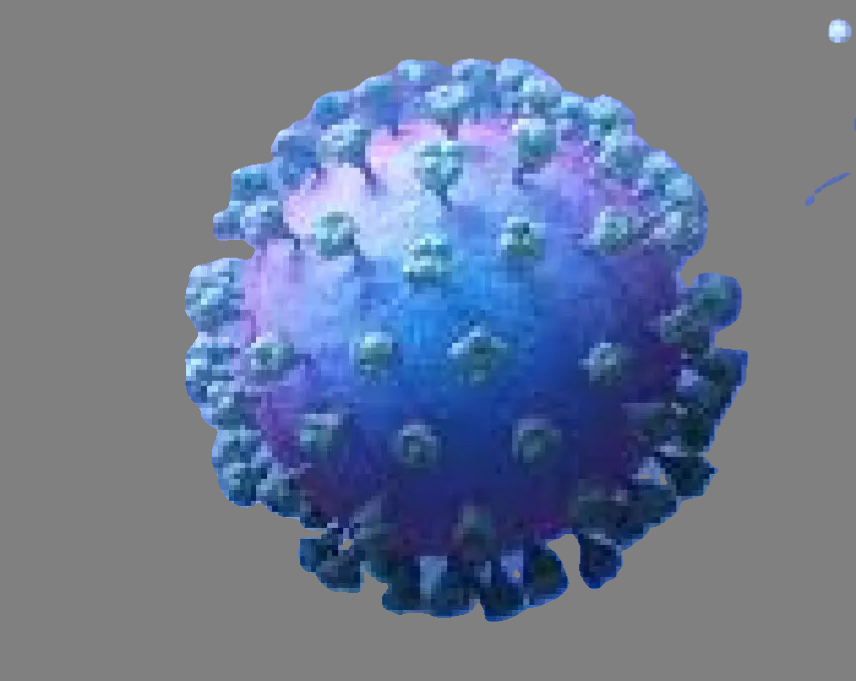
Human Metapneumovirus (HMPV): Uncovering the Symptoms, Risk Factors, and Essential Precautions
Human Metapneumovirus (HMPV) is a significant yet often overlooked pathogen that can cause respiratory infections in individuals of all ages. Discovered relatively recently in 2001, this virus has gained attention…
Read more
Colon Cancer: A Comprehensive Understanding of the Dangerous Risk Factors and Preventive Measures
Colon Cancer: A Comprehensive Understanding of the Dangerous Risk Factors and Preventive Measures Developing in the colon or rectal tissues, colon cancer—also referred to as colorectal cancer—is a malignant disease….
Read more